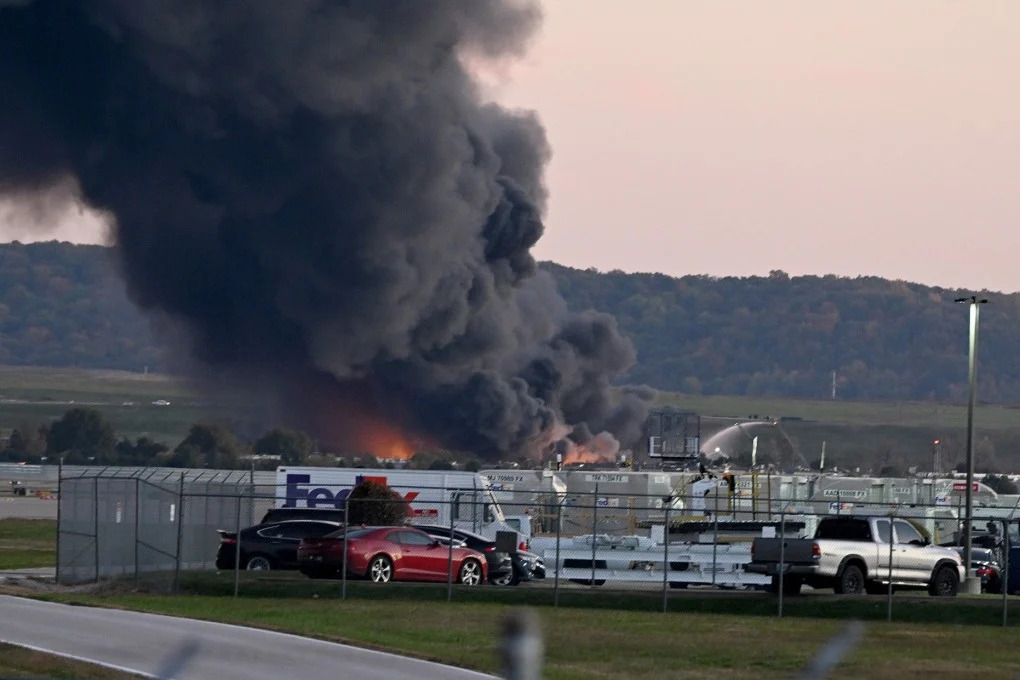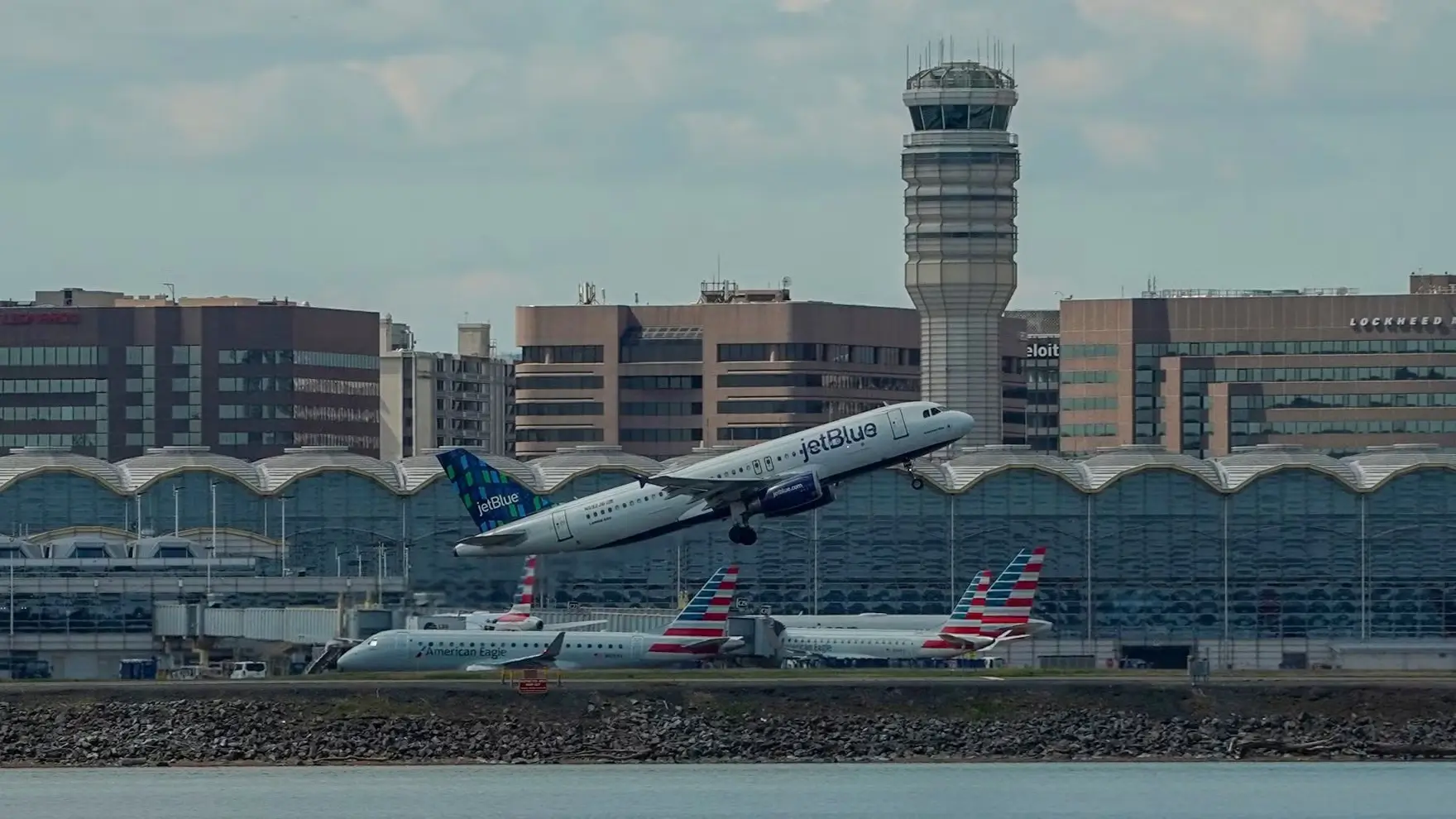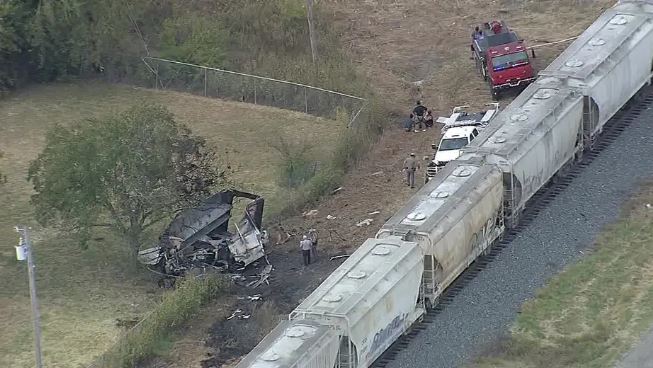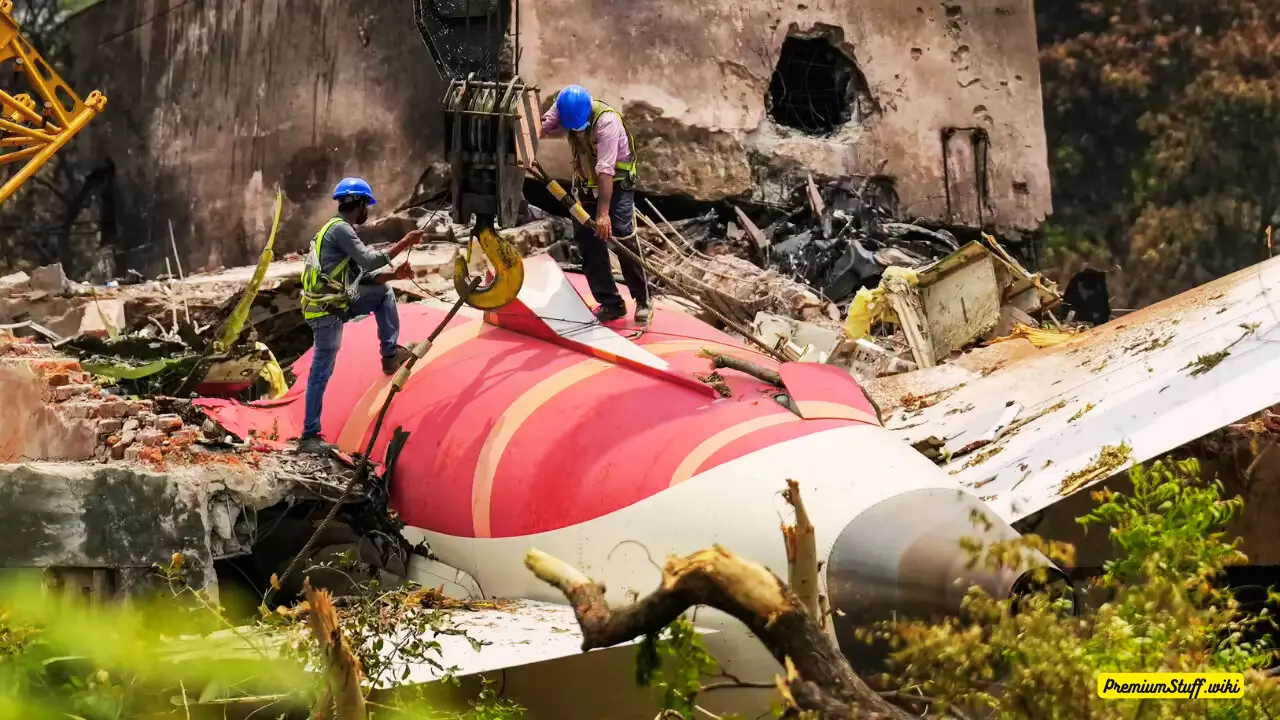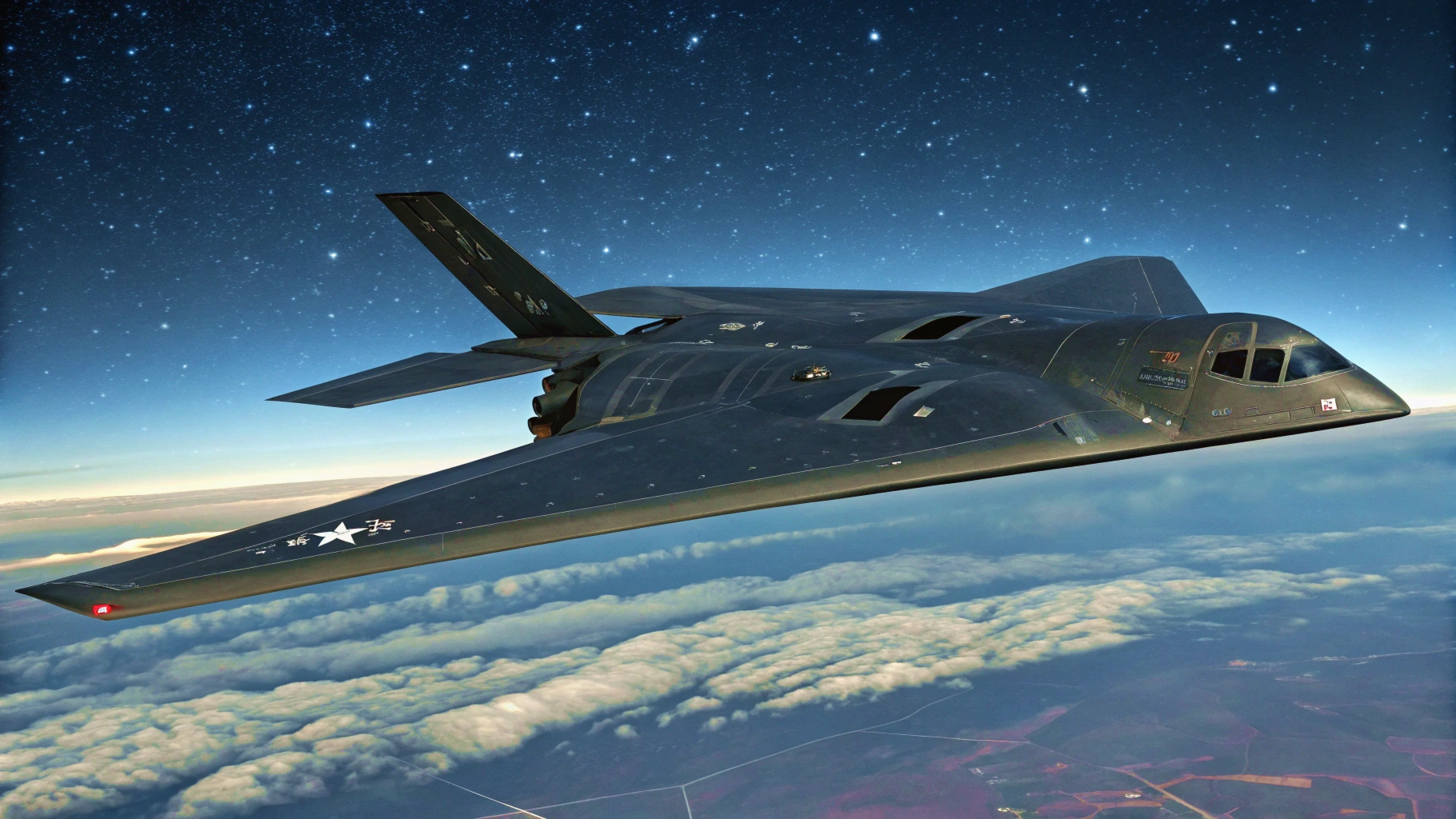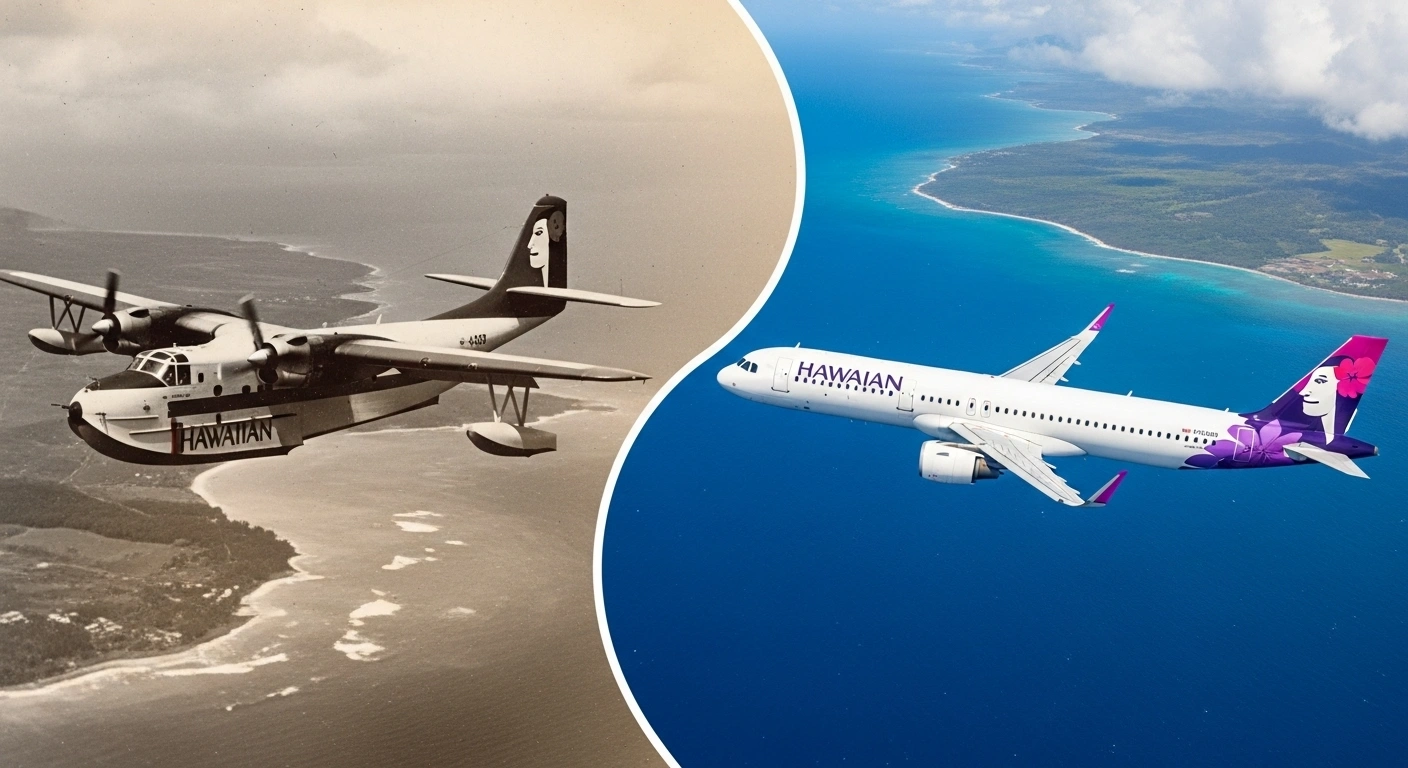Navy Helicopter Crash South China Sea Precedes Fighter Jet Incident in Dramatic 30-Minute Span
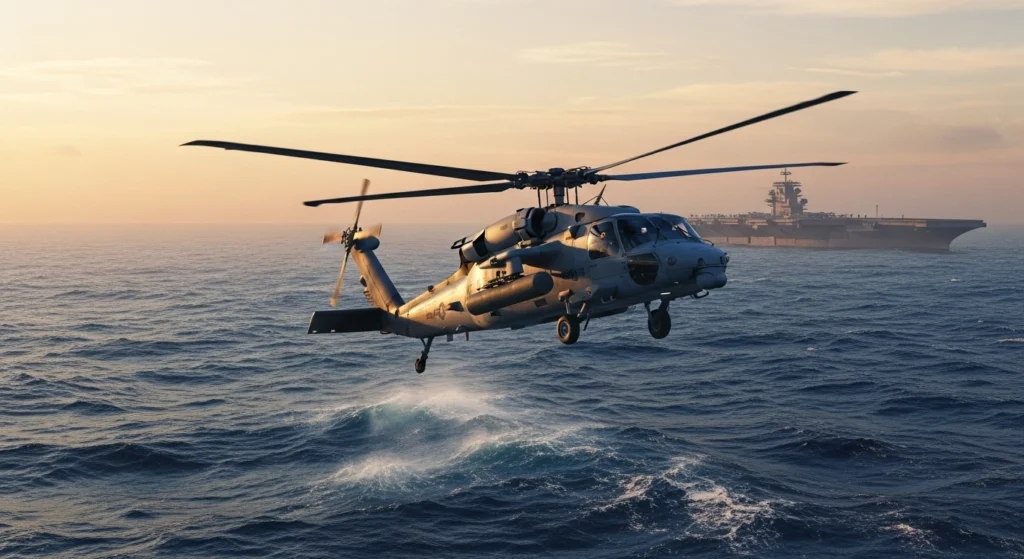
In a tense half-hour over the South China Sea, the U.S. Navy faced a severe test when two of its aircraft, a helicopter and a fighter jet, crashed in separate incidents while operating from the same aircraft carrier. This startling pair of accidents has thrust the region’s operational risks into the spotlight. While all five crew members from both aircraft were safely rescued in a display of rapid response, the events have ignited fresh debates on military presence in these contested waters.
The U.S. Pacific Fleet confirmed that an MH-60R Sea Hawk helicopter went down during what was described as routine operations from the aircraft carrier USS Nimitz . Approximately 30 minutes later, an F/A-18F Super Hornet fighter jet, also launched from the Nimitz, met a similar fate .
In the wake of the incidents, China has sent a mixed message. Chinese Foreign Ministry spokesman Guo Jiakun stated that Beijing is willing to provide assistance to the U.S. from a humanitarian perspective . However, he simultaneously criticized the United States, asserting that its frequent military deployments in the South China Sea are the “root cause of maritime security issues” .
A Chronology of the Crashes
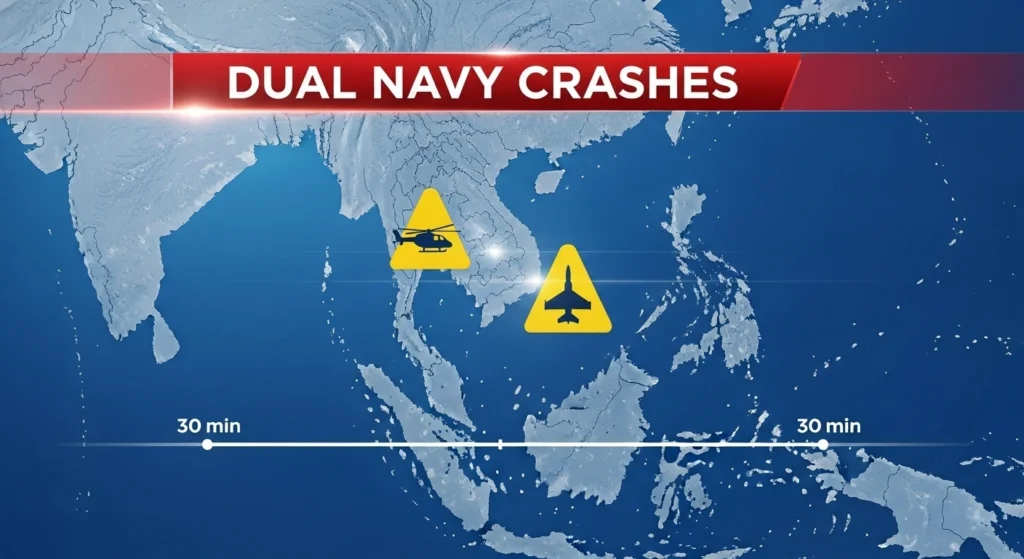
The two mishaps occurred in rapid succession, testing the emergency response protocols of the Carrier Strike Group. The following timeline details the critical events of that day:
The close timing of the two crashes, both linked to the USS Nimitz, points to a particularly challenging day for the carrier strike group. The Navy has not released the precise location of the crashes within the South China Sea .
Humanitarian Aid and Geopolitical Strains
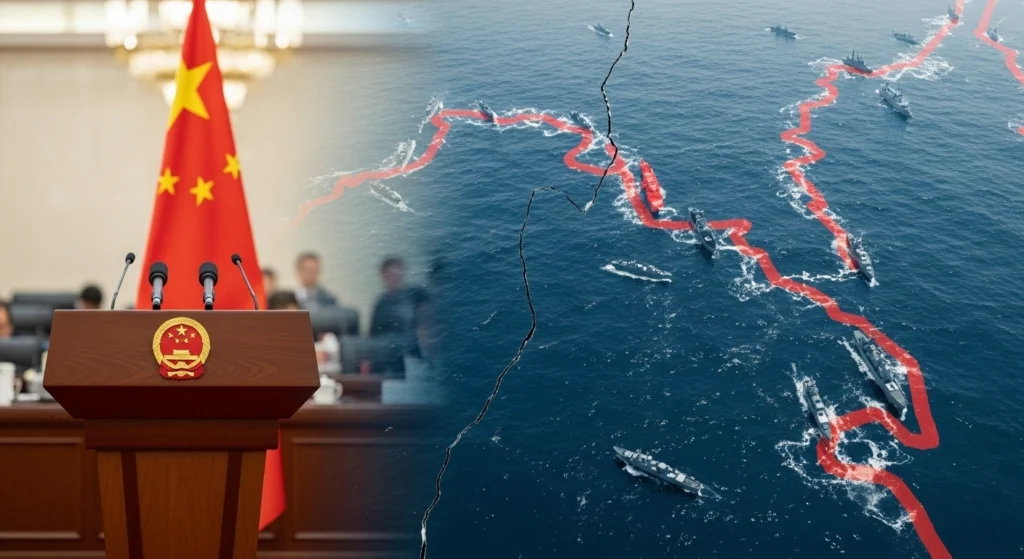
The South China Sea, a vital global shipping route, is also a region of intense geopolitical friction. China claims vast swathes of the waterway, claims that are disputed by several neighboring nations . The United States conducts regular freedom of navigation operations and military drills in the area, which it frames as upholding international law but which Beijing often views as provocations .
It is against this complex backdrop that China offered its qualified response. Foreign Ministry spokesman Guo Jiakun’s offer of humanitarian assistance was immediately coupled with a critique of U.S. policy. “The US frequently dispatches warships and aircraft to the South China Sea to show off its military power, which is the root cause of maritime security issues and undermines regional peace and stability,” Guo told reporters at a regular press conference .
Chinese military experts cited in state media were more direct, suggesting the consecutive crashes expose a decline in the U.S. Navy’s operational capabilities. They pointed to extended global deployments, which they believe lead to equipment fatigue and strained personnel .
The Human Element: Crews Safe, Investigation Underway
Amid the geopolitical posturing, the most crucial news from the U.S. Navy was undeniably positive: all personnel involved are safe and in stable condition . The successful rescue of all five crew members is a testament to the efficiency of the search and rescue assets assigned to Carrier Strike Group 11 .
The three crew members of the downed Sea Hawk helicopter were recovered from the water . For the Super Hornet, the two aviators onboard successfully ejected from the aircraft before it crashed and were subsequently rescued . The safe recovery of all personnel will be a relief to the Navy community, shifting the focus from tragedy to a thorough investigation.
The U.S. Pacific Fleet has stated that the causes of both crashes are currently under investigation . No further details on potential factors have been released.
A Pattern of Concerns or an Isolated Incident?
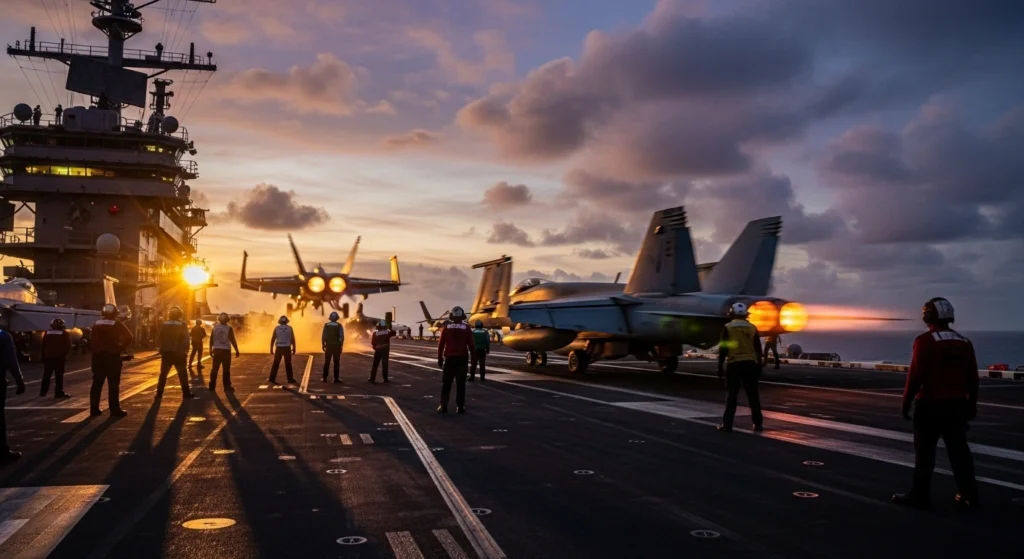
This is not the first time the U.S. Navy has experienced accidents in the South China Sea. In January 2022, an F-35C stealth fighter jet crashed on the deck of the USS Carl Vinson and fell into the sea . Further afield, the Navy has recently suffered other losses of the F/A-18 Super Hornet model. In December 2024, a Super Hornet from the USS Harry S. Truman was mistakenly shot down by a U.S. cruiser over the Red Sea, and another was lost in a landing mishap in May .
These incidents, some experts argue, highlight the intense pressure on naval assets from prolonged deployments. The USS Nimitz is currently on the return leg of its final deployment before decommissioning, following a period operating in the Middle East as part of the U.S. response to Houthi attacks on shipping . The demanding operational tempo can strain both equipment and the crew maintaining and flying it.
Safety and Sovereignty
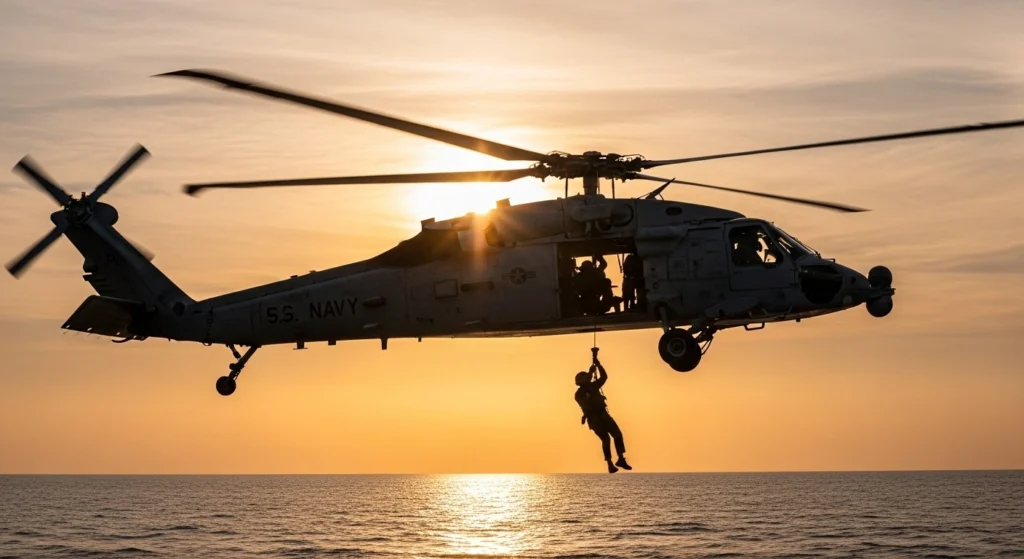
The twin crashes will undoubtedly prompt a rigorous internal review by the U.S. Navy. Investigators will be tasked with determining whether the two events are mechanically linked, stem from human factors, or are simply a tragic coincidence. The findings could have significant implications for the maintenance and deployment protocols of the Navy’s air wings.
For the broader international community, the incidents are a stark reminder of the risks inherent in military operations in one of the world’s most strategic waterways. The South China Sea remains a potential flashpoint, and accidents like these introduce an element of unpredictability into an already tense environment.
For now, the focus remains on the well-being of the rescued crew members and the painstaking work of uncovering what went wrong in those 30 fateful minutes over the South China Sea.

